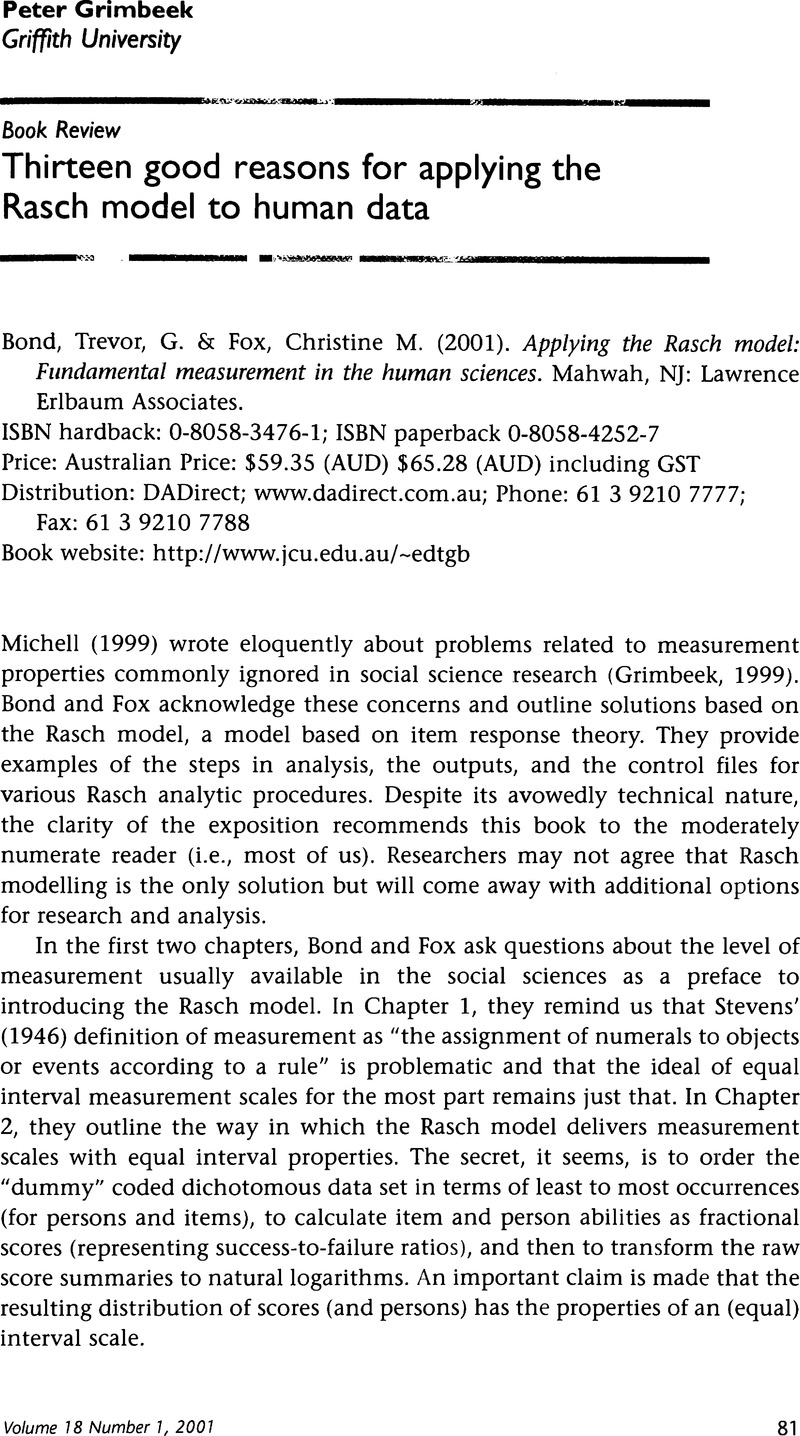Crossref Citations
This article has been cited by the following publications. This list is generated based on data provided by Crossref.
Grimbeek, P
2007.
A text on advanced categorical data analysis that includes helpful information for statistical dunces.
The Australian Educational and Developmental Psychologist,
Vol. 24,
Issue. 1,
p.
105.



